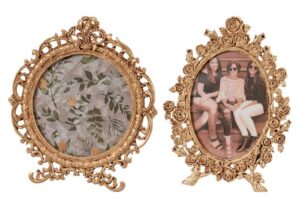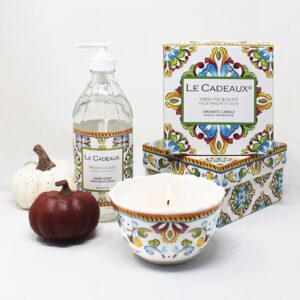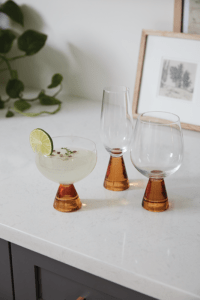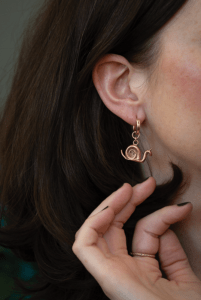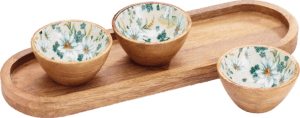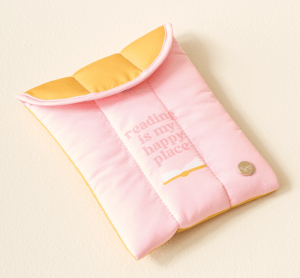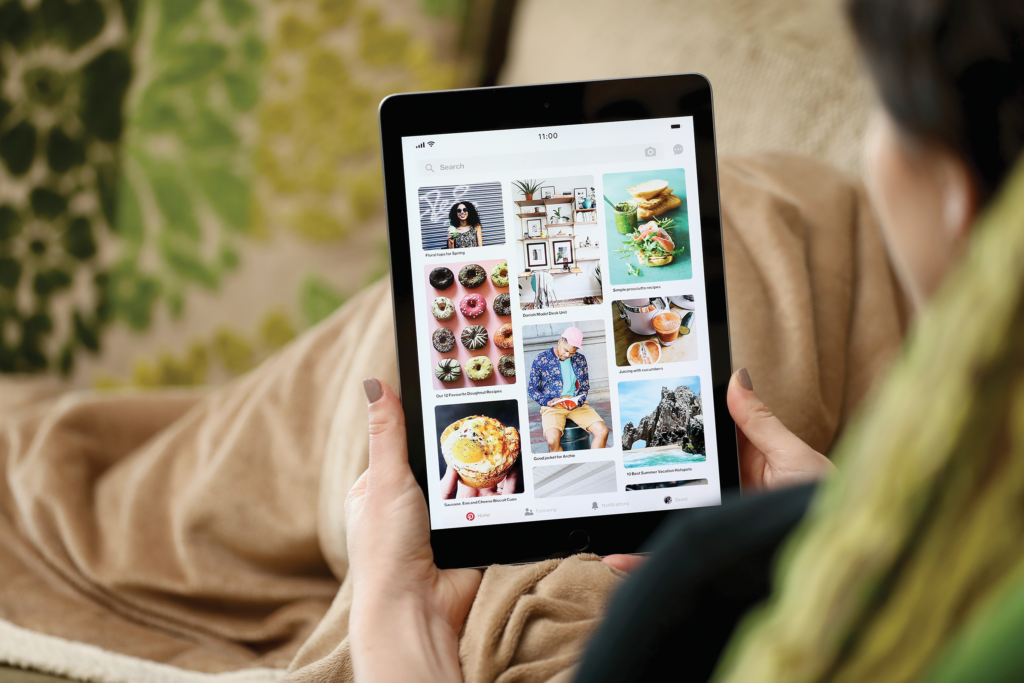
The power of Pinterest: A retailer’s guide to success (Part 1)
PRO TIP: The more keywords you use inside your Pin title, description and link the more chances you’re giving the algorithm to connect you to viewers who are interested in your content, and therefore products.
Since its launch in 2010, Pinterest has quickly become one of the top social media platforms — boasting 300 billion pins and over 400 million monthly active users. It’s one of the best ways to drive traffic to your e-commerce website. So how can Pinterest specifically help retailers grow their stores? Follow this step-by-step guide to Pinterest success to find out.
WHY SHOULD RETAILERS CARE ABOUT PINTEREST?
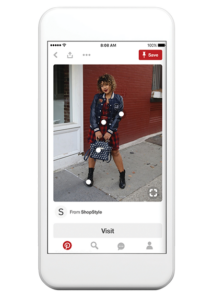
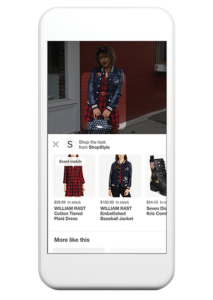 Pinterest is a social media platform where people share their interests with others in the form of pins. However, think of Pinterest more like a search engine versus a social media platform. People use Pinterest to find inspiration and answers, like they do on Google. When you pin content that your perfect customers are searching for, add keyword-rich titles, descriptions and alt text, you have a better chance of showing up in search results to qualified buyers. Pinterest is also one of the most powerful websites for driving traffic to e-commerce websites so, if you sell online, there’s a lot of opportunity for you to leverage Pinterest to drive traffic and sales.
Pinterest is a social media platform where people share their interests with others in the form of pins. However, think of Pinterest more like a search engine versus a social media platform. People use Pinterest to find inspiration and answers, like they do on Google. When you pin content that your perfect customers are searching for, add keyword-rich titles, descriptions and alt text, you have a better chance of showing up in search results to qualified buyers. Pinterest is also one of the most powerful websites for driving traffic to e-commerce websites so, if you sell online, there’s a lot of opportunity for you to leverage Pinterest to drive traffic and sales.
Store owners can use this platform as a means of promotion and marketing by selling products, creating content and following trends to see what customers are interested in. Many retailer-friendly tools, including Product Pins, allow consumers to click on a product that takes them directly to your website to buy the item(s). If you sell online, I highly recommend you set up Product Pins. Get started at https://business.pinterest.com/en/shopping.
WHAT KIND OF CONTENT DO RETAILERS POST ON PINTEREST?
Pinterest has an extremely efficient algorithm. With each new search or moment spent on a piece of content, a viewer’s feed can update with pins more accurately curated for them. This is beneficial for creating content on Pinterest, as you have the opportunity to create for niche audiences.
Testing a good mix of content is key to Pinterest success. It’s important to see which performs best and grows your monthly views. Here’s where to start:
Educational Content: Guides and how-to content do well on Pinterest. People use it to learn something new or gain insightful tips and tricks. Examples might include a specialty gift shop that creates a carousel pin showing how to layer charcuterie items on a unique wooden charcuterie board, or a baby retailer that shows their favorite way to clean and dry a baby bottle. Similar to questions your audience members may Google, is likely what a viewer would search on Pinterest.
Boards: Create Pinterest boards for your PCGs (perfect customer groups). Determine what your audience’s aesthetic and interests are, and build themed boards that would interest them. As a party retailer, you may create boards for “Dinner Party Settings,” “Seasonal Table Spreads,” “Fall Finger Foods,” etc. Create boards with the intention of inspiring every customer that comes across them.
 Product Images: Overall, Pinterest images should look a little more elevated than your average Instagram post. Think magazine-level quality, using good lighting, a clear background and a few simple enhancement edits. Consider photographing your products in a unique way (like against a brick wall or a slab of marble to feature the item’s details) or include several similar items in a carousel post. Always utilize the description by inserting keywords about your product and what it’s used for. As a boutique retailer, you may post a piece of jewelry, featuring the details of the item and sharing descriptions such as “date night jewelry,” “winter wedding guest jewelry,” etc.
Product Images: Overall, Pinterest images should look a little more elevated than your average Instagram post. Think magazine-level quality, using good lighting, a clear background and a few simple enhancement edits. Consider photographing your products in a unique way (like against a brick wall or a slab of marble to feature the item’s details) or include several similar items in a carousel post. Always utilize the description by inserting keywords about your product and what it’s used for. As a boutique retailer, you may post a piece of jewelry, featuring the details of the item and sharing descriptions such as “date night jewelry,” “winter wedding guest jewelry,” etc.
UGC: User Generated Content allows your viewers to see products jump off the shelves and into everyday use by your customers. Example? A stationery store may ask their audience to share a photo of their paperweight on their desk or a card they purchased tucked into a beautifully wrapped present. As Pinterest is heavily used for inspiration, helping your viewers visualize an item in their own home or life may help lead them to complete a purchase.
Now that you know why and what to post on Pinterest, stay tuned for The Power of Pinterest: A Retailer’s Guide to Success [Part 2] in Gift Shop® Plus Spring 2023 that shares the best ways to leverage pins to find, stand out to and impact your perfect customers.


